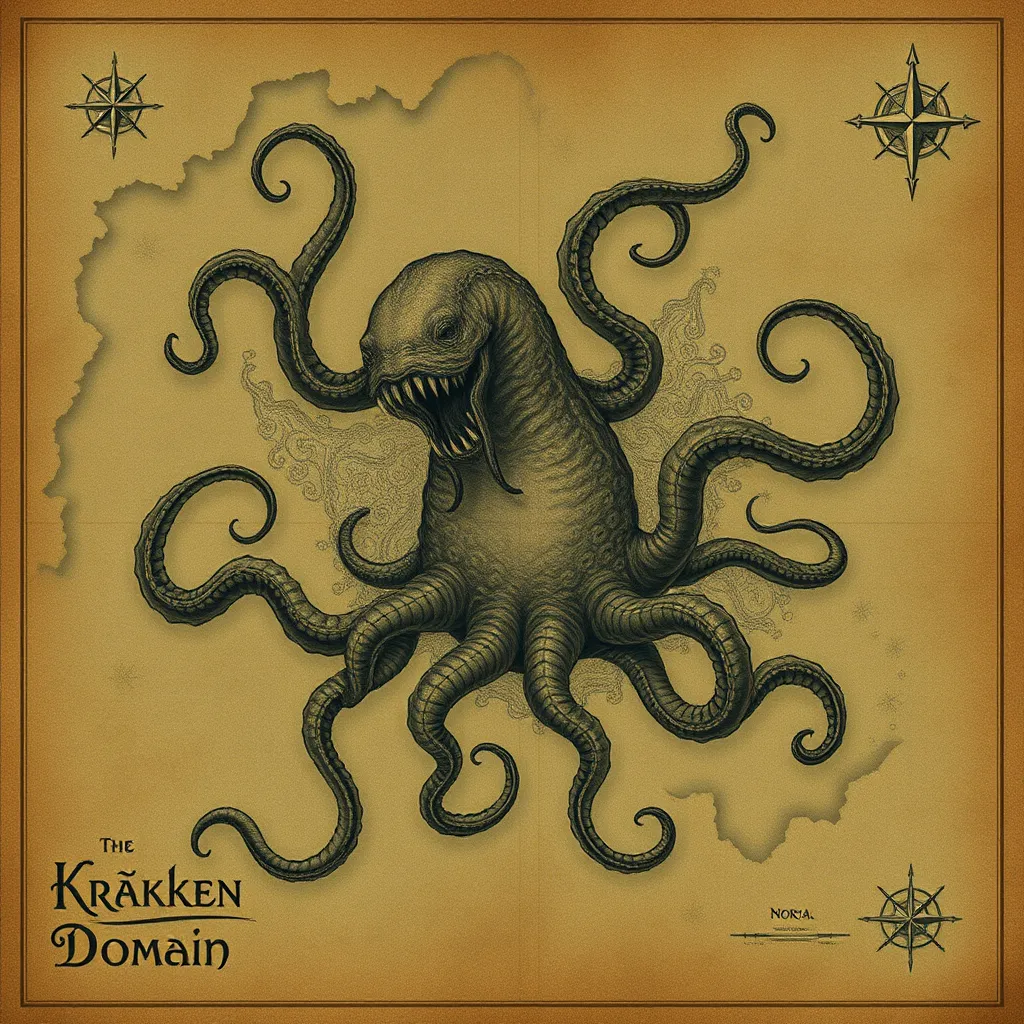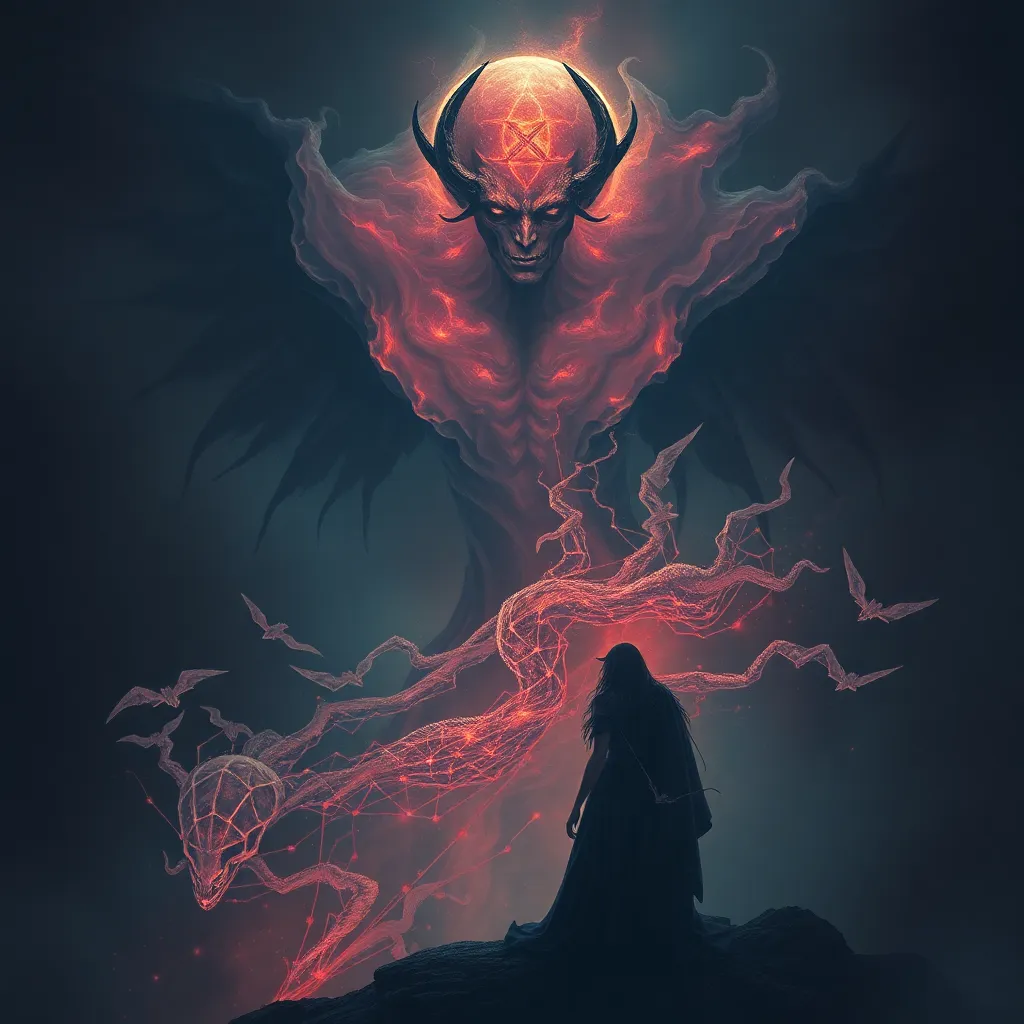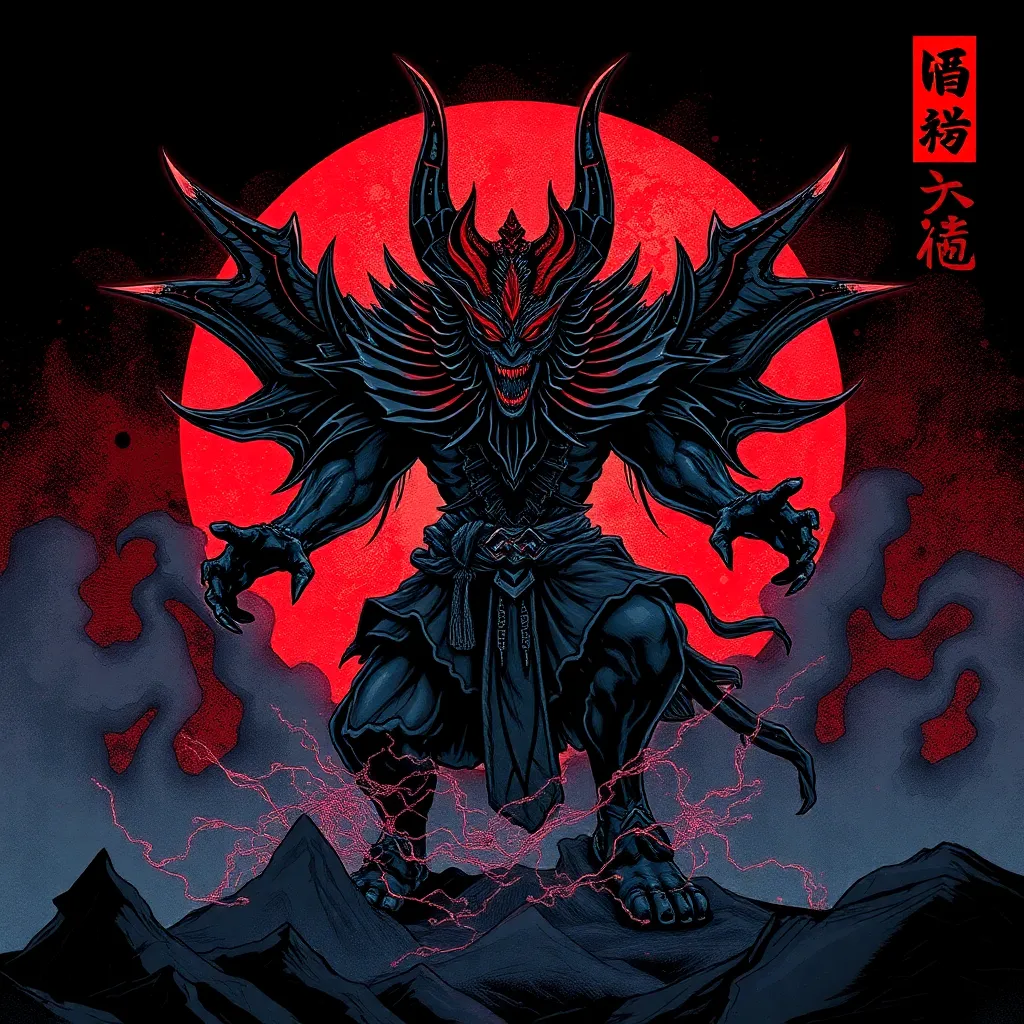The Kraken’s Domain: Mapping the Monster’s Territory in Norse Mythology
I. Introduction to the Kraken in Norse Mythology
The Kraken, a legendary sea monster, has captivated imaginations for centuries, particularly within the context of Norse mythology. Often depicted as a gigantic squid or octopus, the Kraken is said to dwell off the coasts of Norway and Greenland, terrorizing sailors and fishermen who dare to traverse its waters.
In Norse culture, the significance of sea monsters like the Kraken cannot be overstated. They served not only as sources of fear but also as embodiments of the untamed nature of the sea, reflecting the perils that seafarers faced. Mapping the Kraken’s territory helps to illuminate the fears and beliefs of those who lived in a world dominated by the ocean.
II. Historical Context of Sea Monsters in Norse Lore
The lore surrounding sea monsters like the Kraken is deeply rooted in the ancient seafaring traditions of the Norse people. For these maritime cultures, the vastness of the ocean was fraught with unknown dangers, leading to a natural fear of the abyss and its inhabitants.
Myths played a crucial role in explaining the unknown. They offered narratives that provided context for natural phenomena such as storms, whirlpools, and the mysterious disappearance of ships. Notable accounts of the Kraken can be found in various historical texts, including:
- The “Old Norse sagas,” which detail encounters with the monster.
- Fishermen’s tales that describe the beast’s massive tentacles and destructive power.
- Travel logs from explorers who reported sightings of giant creatures in the North Atlantic.
III. The Kraken’s Characteristics and Symbolism
The physical description of the Kraken varies across different tales, but it is typically portrayed as a colossal creature with long tentacles, capable of dragging entire ships beneath the waves. Some accounts depict it as having a serpentine body, while others emphasize its many eyes and beak-like mouth.
Symbolically, the Kraken represents chaos and danger. It embodies the unpredictability of the sea, a force that can both nurture and destroy. This duality is echoed in other sea monsters within mythology, such as:
- The Leviathan of biblical lore, representing chaos and divine power.
- The Sirens, who lured sailors to their doom with enchanting songs.
- The Cetus from Greek mythology, a monstrous sea creature defeated by Perseus.
IV. Geographic Locations Associated with the Kraken
Mapping the waters of the North Atlantic reveals key locations in Norse mythology that are linked to the Kraken. These areas include:
- Near the coasts of Norway, where many sightings were reported.
- The waters around Iceland, known for their rich marine life and treacherous currents.
- Greenland’s coastlines, where the icy waters might conceal the creature.
The legends of the Kraken were likely influenced by real sea routes, which were fraught with peril due to storms and ice. The fear of encountering the Kraken would have served as a cautionary tale for sailors navigating these treacherous waters.
V. The Kraken in Norse Literature and Art
Throughout history, the Kraken has been depicted in various sagas and poems. These literary works often illustrate the monster’s fearsome nature while also reflecting the cultural beliefs of the time. Notable examples include:
- The “Saga of the Greenlanders,” which recounts tales of giant sea creatures.
- The “Edda,” a collection of Old Norse poetry that includes references to monstrous beings.
Artistic representations of the Kraken have evolved over time, from early woodcuts and paintings to modern interpretations in film and literature. The creature has transformed from a feared entity of the ocean to a more nuanced symbol in contemporary culture.
VI. The Kraken’s Role in Norse Cosmology
In Norse cosmology, the Kraken holds connections to various gods and mythological themes. It is often associated with the chaotic forces of nature, which the gods must contend with. For example, the Kraken can be seen as a representation of:
- Jörmungandr, the World Serpent that encircles the Earth.
- The forces of chaos that precede Ragnarok, the end of the world.
- Elements of the Yggdrasil (World Tree) mythology, illustrating the interconnectedness of life and chaos.
In many ways, the Kraken symbolizes the chaos that existed before creation, embodying the primordial waters from which life emerged.
VII. Modern Interpretations and Influence of the Kraken
In contemporary literature and media, the Kraken has experienced a resurgence in popularity. Modern interpretations often blend the traditional tales with new elements, showcasing the monster in various forms. Noteworthy examples include:
- The “Pirates of the Caribbean” film series, which features a giant squid-like creature.
- Literary works such as “The Kraken” by Alfred Lord Tennyson, which romanticizes the monster.
- Video games like “Assassin’s Creed” and “Sea of Thieves,” where players encounter the Kraken as a formidable foe.
This renewed interest in Norse mythology has led to a deeper exploration of the Kraken’s legacy and its influence on maritime folklore worldwide.
VIII. Conclusion: The Enduring Legacy of the Kraken
The Kraken remains a significant figure in cultural history, representing humanity’s complex relationship with the sea. As a metaphor for the unknown, it encapsulates the fear, respect, and fascination that the ocean evokes.
As we continue to explore and reinterpret the Kraken’s domain, we uncover new layers of meaning and significance. The monster serves as a reminder of the mysteries that lie beneath the waves and the enduring allure of the sea, ensuring that its legend will persist in our collective consciousness for generations to come.



